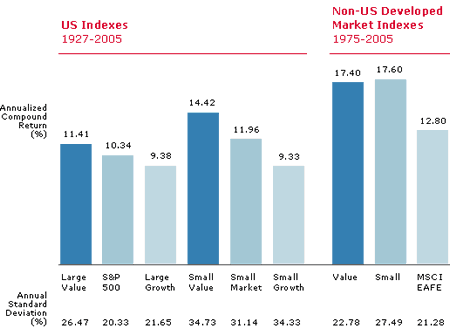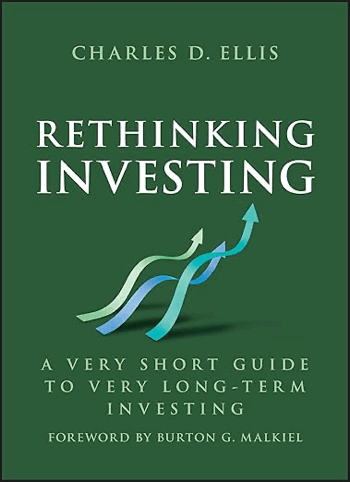Fidelity Target Allocation ETF Model Portfolios: Advisor-Focused Overview
A relative of mine once used Fidelity to handle their investments, ending up with a mix of over 10 mutual funds and a total expense ratio close to 1%.

A relative of mine once used Fidelity to handle their investments, ending up with a mix of over 10 mutual funds and a total expense ratio close to 1%. Over time, the portfolio’s long-term returns trailed benchmark indexes by about 1%. This highlights a common aspect of Fidelity’s approach: they provide portfolios that appear sophisticated, with multiple funds and polished names, but fees subtly reduce overall returns. While investors still capture most of the market’s gains, the cost quietly eats into performance. In essence, you pay a premium for convenience, expertise, and the reassurance of a respected financial brand.
If you’re wondering how Fidelity can offer their excellent customer service and products at such a competitive prices, this is why. There are many people paying additional fees for their various advisory services. I’m okay with that – as a DIY investor I am comfortable turning down their upsell pitches for additional assistance.
So when I saw the ETF.com article Fidelity Debuts All-ETF Model Portfolios for Advisors, I admit that I had my preconceived notions. Would they surprise me? You can view all of model portfolios here. Here is a screenshot with just their moderate risk 60% stock/40% bond portfolio.

The hodgepodge of fancy names is still going strong. It’s like a checklist of industry buzz words: Dynamic Growth, Enhanced, High Dividend, Momentum, Inflation, Multifactor. I find it amusing that Dividend tends to equate to “Value”, which is the opposite of “Growth”. If you own this many different things, how different is it really from just owning the entire stock market?
There still appears to be added complexity just for the sake of looking complex. Is it really helpful to have 2% in the iShares Core Dividend ETF? Or 2% in Cash Sweep? SIX to EIGHT different US bond ETFs???
With a weighted expense ratio of 0.25%, the overall cost is much lower than their active mutual fund portfolios from 10+ years ago. Competition from Vanguard and Blackrock have forced the expense ratios lower across the industry. So while the Fidelity model seems to pretty much the same, it does now come potentially at a lower price. So that’s a good thing.
Some of these Fidelity ETFs are barely a year old, so we can’t do a backtest. I will have to remember to run another comparison 10 years from now between this 60/40 Fidelity ETF portfolio and a simple 3-ETF low-cost index portfolio from Vanguard (42% VTI/18% VXUS/40% BND) or iShares (42% ITOT/18% IXUS/40% IUSB). The low-cost index portfolio have a weighted expense ratio of about 0.04%. Can the Fidelity outperform and justify their higher fees?
Share
What was your reaction?
 Like
0
Like
0
 Dislike
0
Dislike
0
 Love
0
Love
0
 Funny
0
Funny
0
 Angry
0
Angry
0
 Sad
0
Sad
0
 Wow
0
Wow
0













